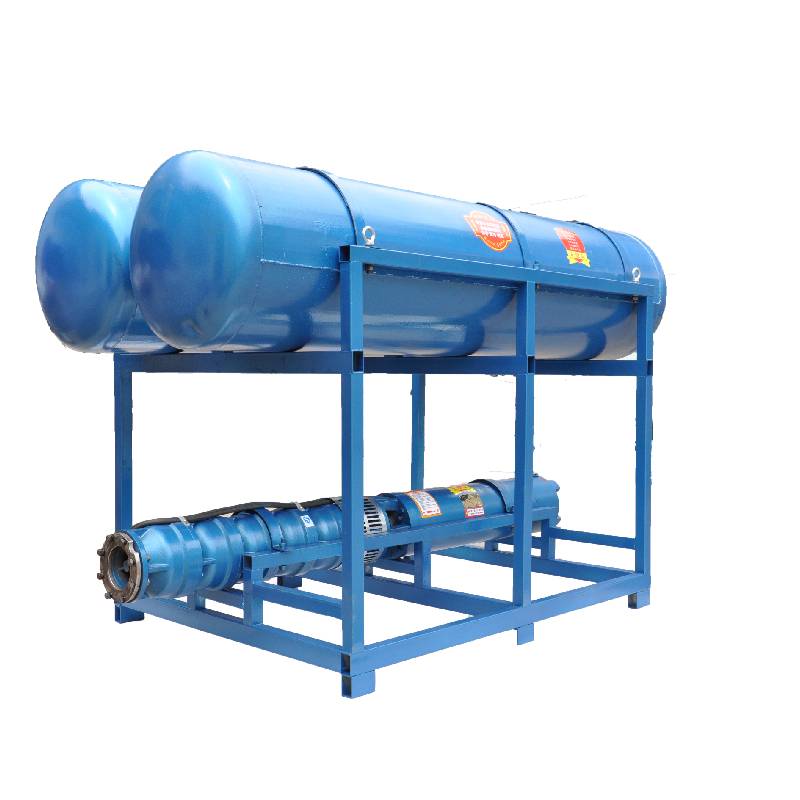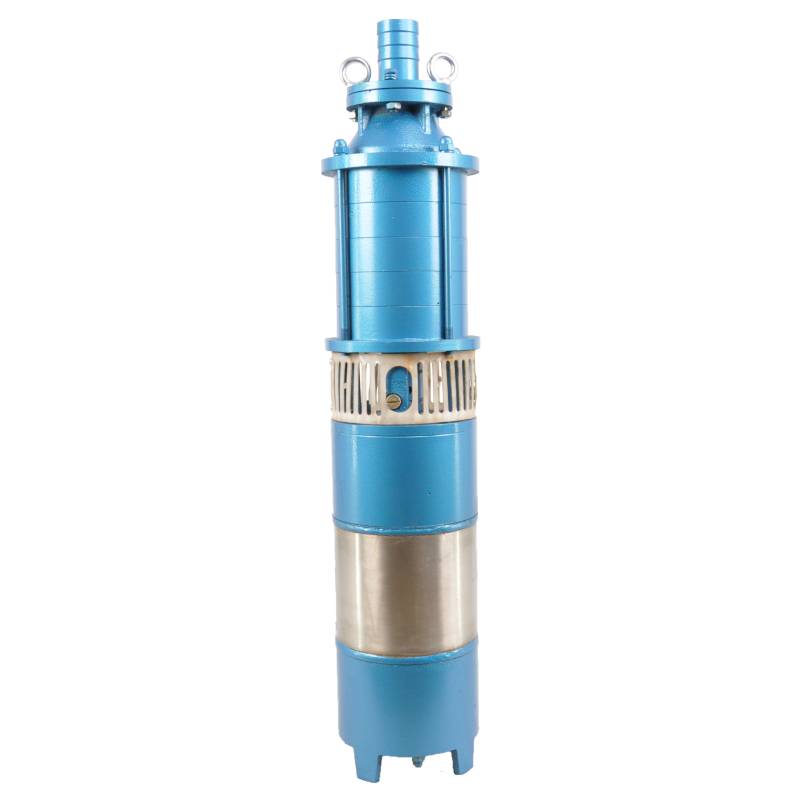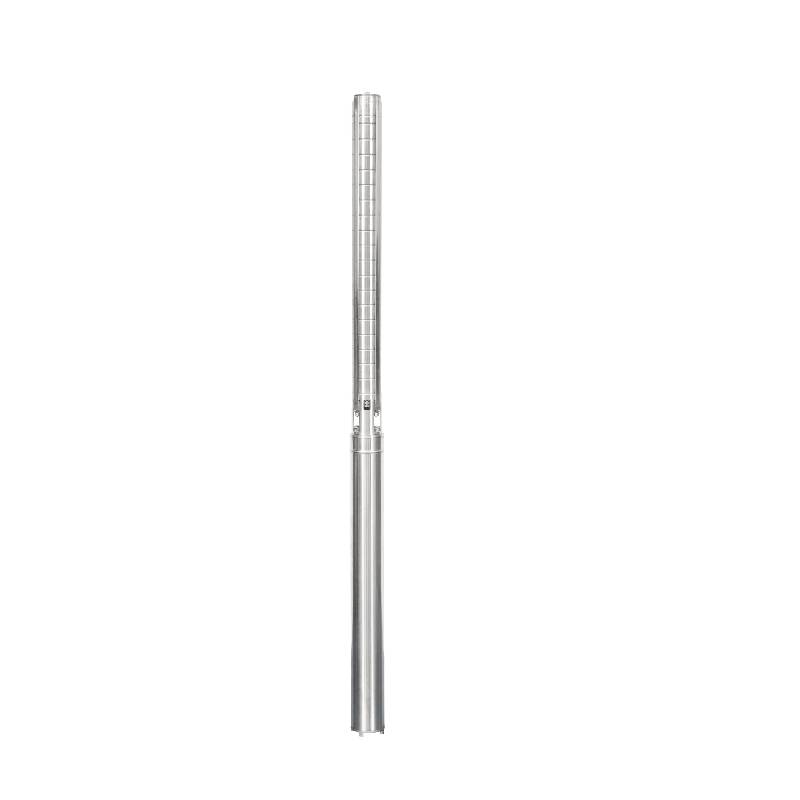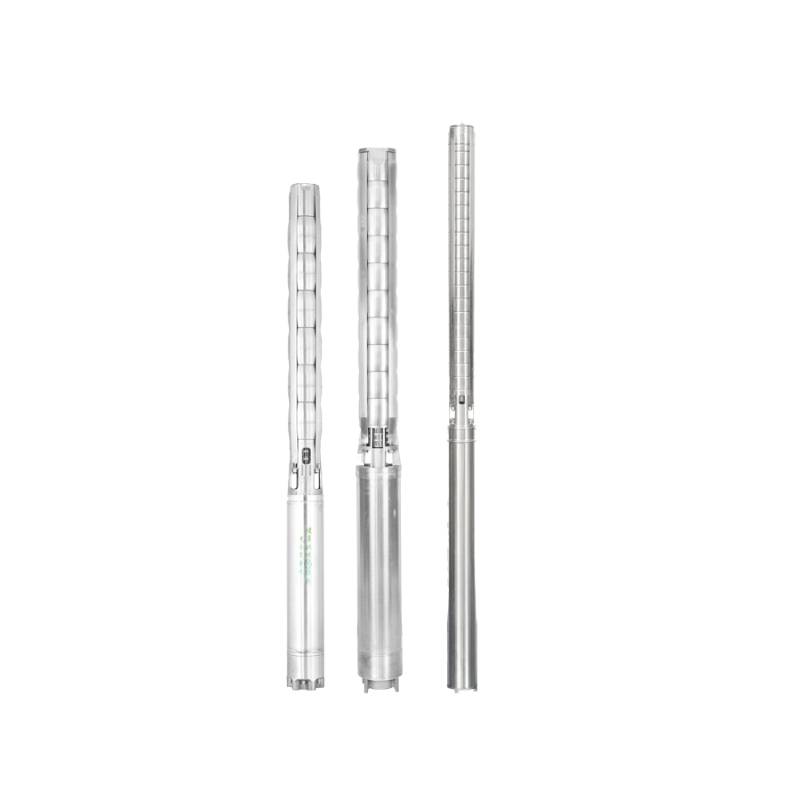Dùbh . 20, 2024 11:32 Back to list
how to use submersible pump
How to Use a Submersible Pump
Submersible pumps are versatile devices commonly used for various applications, including draining water from flooded basements, emptying swimming pools, and pumping water from wells. Their operation beneath the water surface makes them efficient and effective in transferring fluids. If you're considering using a submersible pump, understanding how to set it up and operate it properly is crucial for achieving the best results. Here’s a detailed guide on how to use a submersible pump effectively.
Understanding the Submersible Pump
A submersible pump is designed to operate while submerged in the fluid it is pumping. The pump is hermetically sealed, which prevents any liquid from entering its motor, thereby protecting it from damage. This design allows the pump to push water upwards to the surface, which is particularly beneficial for deep wells and other applications involving significant vertical lift.
Steps to Use a Submersible Pump
1. Choose the Right Pump Before setting up a submersible pump, ensure you have selected the correct model for your application. Consider factors such as the depth of water, required flow rate, and the type of fluid you're pumping. For example, sewage submersible pumps are specifically designed to handle solids and effluents, whereas clean water pumps are suitable for clear water applications.
2. Gather Necessary Equipment In addition to the pump, you will need a few essentials - Hoses or pipes compatible with the pump's outlet - Power supply extension cord (if necessary) - A float switch (if you want automatic operation) - Protective gear such as gloves and goggles.
3. Prepare the Site Before using the pump, ensure the area is safe and clear of debris. If you are using the pump in a well or pit, make sure the surrounding area is stable. If the water is contaminated, take additional safety precautions.
how to use submersible pump

4. Connect the Hoses Attach the discharge hose or pipe securely to the outlet of the submersible pump. Ensure the connection is tight to prevent leaks. It's usually a good idea to run the hose to the desired discharge point before immersing the pump in the water.
5. Submerge the Pump Carefully lower the pump into the water vertically to avoid damaging the impeller. If the pump is heavy, consider using a rope to guide it down gently. It should be fully submerged to operate efficiently, but avoid placing it on a muddy or unstable base, which could cause it to become clogged.
6. Power Up the Pump Ensure that the power supply is disconnected before plugging in the pump to avoid any electrical disasters. Once the pump is correctly placed and secured, connect it to the power source. If you are using a float switch, ensure it can move freely in the water.
7. Monitor the Operation Turn the pump on and monitor its operation. Check for any unusual noises or vibrations that may indicate an issue. Make sure the discharge water is flowing freely without any obstruction.
8. Turning Off the Pump Once the job is done or the water level has reached the desired point, switch off the pump to avoid running it dry, which can damage the motor. If you're using a float switch, it will automatically turn off when the water level drops below a certain point.
9. Cleanup and Maintenance After use, disconnect the pump from the power supply and remove it from the water. Clean it thoroughly to remove any debris or sediment that may have accumulated. Store it in a dry place until the next use. Regular maintenance, such as checking the seals and the electrical connections, can prolong the life of your submersible pump.
Conclusion
Using a submersible pump can greatly facilitate various water-related tasks. By following these steps, you can effectively operate a submersible pump for your needs, ensuring safety and efficiency. Always consult the manufacturer's manual for specific instructions and safety guidelines tailored to your pump model. With proper knowledge and attention to detail, your submersible pump will serve you well for many years to come.
-
submersible-sump-pump-auto-drainage-for-crawlspaces
NewsAug.22,2025
-
solar-powered-stainless-steel-submersible-well-pump-setup
NewsAug.22,2025
-
stainless-steel-well-pump-flow-rate-optimization
NewsAug.22,2025
-
water-filled-submersible-pump-fish-farm-oxygenation
NewsAug.22,2025
-
submersible-pump-in-aquaculture-and-fish-farming
NewsAug.22,2025
-
deep-well-submersible-pump-for-drought-areas
NewsAug.22,2025
-
 submersible-sump-pump-auto-drainage-for-crawlspacesCrawlspaces, those narrow areas beneath homes, are prone to water accumulation due to leaks, groundwDetail
submersible-sump-pump-auto-drainage-for-crawlspacesCrawlspaces, those narrow areas beneath homes, are prone to water accumulation due to leaks, groundwDetail -
 solar-powered-stainless-steel-submersible-well-pump-setupHarnessing solar energy to power stainless steel submersible well pumps is a sustainable and coDetail
solar-powered-stainless-steel-submersible-well-pump-setupHarnessing solar energy to power stainless steel submersible well pumps is a sustainable and coDetail -
 stainless-steel-well-pump-flow-rate-optimizationIn various applications like agriculture, domestic water supply, and industrial use, the flow rate oDetail
stainless-steel-well-pump-flow-rate-optimizationIn various applications like agriculture, domestic water supply, and industrial use, the flow rate oDetail
